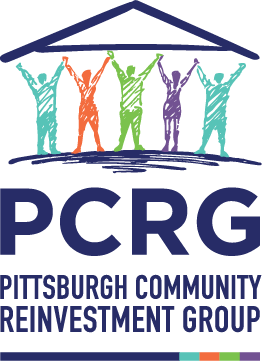By Druta Bhatt
In a world where many of us use cash just for emergencies, 2.8% of US households, or roughly 9.5 million households, primarily use cash or paper-based instruments, such as non-bank money orders, for financial transactions, according to the latest FDIC survey conducted in 2023 and published in November 2024. In total, unbanked households—those that do not have a checking or savings account with a bank or credit union—make up 4.2% of US households, or 14 million households.
According to the survey, the top reason households remain unbanked is a lack of funds to meet minimum balance requirements. This has consistently been the top reason in previous FDIC surveys, including one conducted in 2021. Other reasons cited as “main reasons” for remaining unbanked include a lack of trust in banks and the high fees they charge.
A portionSome unbanked households rely on non-bank services like prepaid cards, PayPal, and Cash App to receive income and pay bills. Though these services address an important gap in the market, it is debatable whether they provide the full range of consumer protections offered by insured financial institutions. Banking relationships also open doors to long-term credit products like home loans and student loans, as well as short-term credit products like credit cards and overdraft facilities, which can help during periods of income shocks. According to the FDIC report, 78% of unbanked households do not use mainstream credit products, such as traditional credit cards and home loans. Establishing relationships with banks, which are legally obligated to lend equitably under the Community Reinvestment Act (CRA), becomes even more critical because unbanked consumers are often from vulnerable populations.
Families with annual household incomes below $15,000, without a high school diploma, or whose incomes vary significantly from month to month, as well as families from minority racial groups, are most likely to be unbanked. More than 10% of Black households and 9.5% of Hispanic households were unbanked in 2023, compared to 1.9% of white households. Moreover, 6% of all Black households and 7.6% of Hispanic households were cash-only unbanked.
The use of mobile banking as a primary method of accessing bank accounts has increased significantly over the last decade. In 2013, 5.5% of households used mobile banking as their primary method, but by 2023, this number had risen to 48.3%. As mobile banking becomes more popular, banks are increasingly focused on mobile services while reducing the number of brick-and-mortar branches. Between 2019 and 2023, there was a net decline in total US bank branches by 5.6%, according to a Federal Reserve report. However, while overall smartphone access among households increased from 58.7% in 2013 to 87.8% in 2023, smartphone access among unbanked households remained lower, at 72.1% in 2023. This decline in bank branches adds additional barriers to financial inclusivity, particularly for unbanked households.
Over time, the rate of unbanked households has gradually decreased. However, 1% of US households continue to rely on unconventional and possibly riskier credit options like payday loans and pawn shop loans. The percentage of households accessing payday loans and pawn shop loans has not decreased from 2021 to 2023, while the use of auto title loans increased from 0.9% of households in 2021 to 1.2% in 2023. Overall, the top three credit services for US households remain traditional credit cards, store credit cards, and home loans, with auto loans and student loans trailing behind these top three categories.

